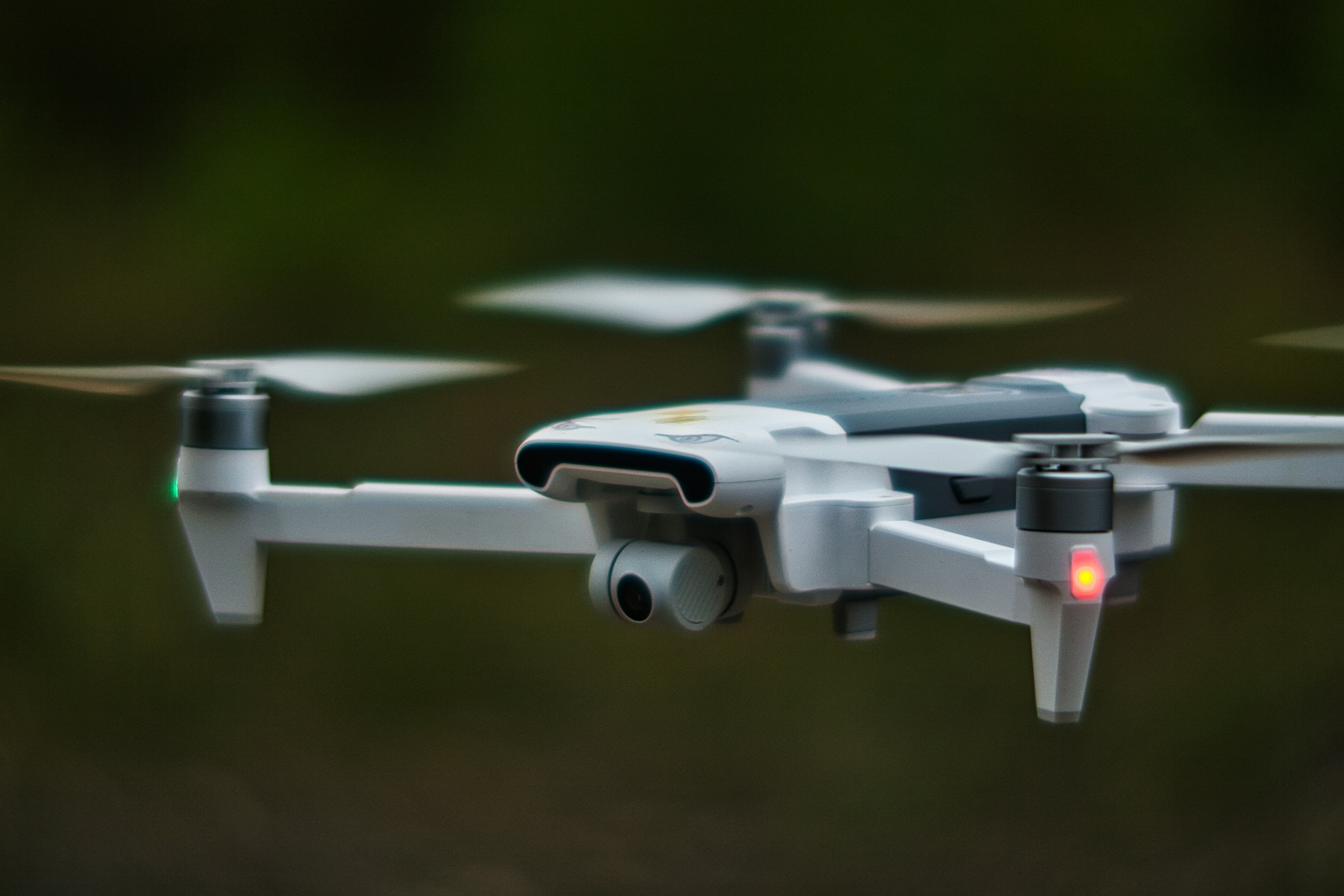
Top 10 Mistakes Candidates Make When Applying for UAV Jobs—And How to Avoid Them
Landing a UAV (drone) job in the UK is more competitive than ever. Discover the ten biggest application mistakes—plus practical fixes, expert tips and live resources that will help you move from “reject” to “invite to interview”.
Introduction
From Beyond-Visual-Line-of-Sight (BVLOS) pilots in Scottish offshore wind farms to C++ firmware engineers in Bristol autonomous-air-taxi labs, demand for UAV talent keeps climbing. New vacancies appear daily on UAVJobs.co.uk and major job boards, yet hiring managers still reject most CVs long before interview—usually for errors that take minutes to fix.
Below is the definitive list of the ten costliest mistakes we see, each paired with an actionable remedy and a live, authoritative link for deeper reading. Bookmark this checklist before you press Apply.
1 Ignoring Role-Specific Keywords
Mistake – Submitting one generic CV that never mentions “PX4”, “ArduPilot”, “RTK GNSS”, “CAA GVC” or whatever tools and licences appear in the advert.Why it matters: Applicant-tracking systems (ATS) filter on exact wording; without the right phrases, a human may never even open your file.
Fix it
Drop the job spec into a word-cloud tool; highlight every platform, sensor, airframe and compliance acronym.
Thread those terms—verbatim—into your skills grid and bullet points.
Need inspiration? Scan the quantified bullets in Enhancv’s drone-pilot / UAV résumé examples.
2 Burying Business Value Beneath Jargon
Mistake – Bullets like “Optimised EKF sensor-fusion” with no measurable benefit.Fix it
Use the challenge–action–result formula: “Cut position-hold drift 42 % by tuning EKF sensor-fusion on Pixhawk-based quadrotors.”
Lead with the number; keep bullets under 20 words.
More examples? See the quantified phrasing in VelvetJobs’ robotics/UAV resume sample.
3 Re-using a Generic Cover Letter
Mistake – Copy-pasting the same letter across defence, film-production and logistics-delivery roles—sometimes even leaving the wrong company name.Fix it
Hook the reader with proof you follow the firm: cite its latest flight-test video, BVLOS waiver or Series-A raise.
Align one quantified win directly with the advert’s top requirement (“reduced flight-controller CPU load 18 % on STM32F7 hardware”).
Follow the 4-paragraph pattern in ResumeWorded’s UAV/aerospace cover-letter templates.
4 Offering No Portfolio or Public Proof-Points
Mistake – Claiming ROS 2 or PX4 mastery yet sharing no GitHub repo, flight-log, simulation video or technical blog.Fix it
Publish 2–3 flagship projects—each with tidy READMEs, launch files or flight logs and a short clip.
If company IP is protected, replicate the architecture with open data or contribute to PX4-Autopilot on GitHub and link your PR.
5 Failing to Quantify Impact
Mistake – Writing “improved navigation” or “enhanced endurance” with zero numbers.Fix it
Add hard data: centimetres of localisation error, minutes of extra flight time, £ saved on Li-ion pack BOM, MTBF uplift.
If figures are sensitive, use relative deltas (“boosted endurance by one-third”).
sanity-check with Glassdoor’s UK UAV-engineer salary page.
6 Neglecting Core Concepts in Interview Prep
Mistake – Acing code tests yet freezing when asked to derive the quaternion update rule or explain VTOL transition logic.Fix it
Revisit fundamentals: PID gains, Kalman filtering, airspace classes, MAVLink.
Practise white-boarding and narrating every step.
Drill with Indeed’s aerospace/UAV interview-question bank.
7 Downplaying Soft Skills and Safety Culture
Mistake – Branding yourself solely as a C++ guru, ignoring human-factor design, flight-safety cases and stakeholder comms.Fix it
Highlight moments you led a CAA Operational Safety Case (OSC), briefed execs on risk matrices or mentored junior pilots.
Build presentation chops at Eventbrite’s UK drone & UAV meet-ups.
8 Relying Only on Job Boards—Then Waiting
Mistake – Clicking Apply on a few ads and refreshing your inbox.Fix it
Set up instant alerts on UAV Jobs so you’re inside the first-24-hour applicant cohort.
Pair alerts with LinkedIn outreach: comment on a hiring manager’s ROS PR or AIAA paper.
Follow up politely after seven days with one crisp metric proving fit.
9 Overlooking Diversity, Inclusion & Airspace Ethics
Mistake – Ignoring the firm’s equality pledge, then stumbling when asked about safe integration of drones in shared airspace.Fix it
Show how you design inclusive HMIs, mitigate dataset bias or volunteer with outreach groups such as FIRST UK.
Shape authentic statements with language from techUK’s Diversity & Inclusion hub.
10 Showing No Continuous-Learning Roadmap
Mistake – Treating the application as the final chapter of your learning journey.
Fix it
List current or upcoming certs—CAA GVC, ROS-2 Developer, Autonomous Vehicle Engineering Specialisation on Coursera.
Mention recent events (DroneX Expo, AUVSI XPONENTIAL) or OSS contributions (MAVROS, OpenCV drone-vision demos).
Map a 90-day up-skilling plan: finish a Gazebo-Ignition course, blog on RTK/PPK workflows, submit a PX4 issue-fix PR.
Conclusion—Turn Mistakes into Momentum
UAV hiring cycles move fast, yet the pillars of a standout application remain constant: precision, evidence, safety context and follow-through. Before clicking Send, run this five-point check:
Have I mirrored every critical keyword and licence from the advert?
Does each bullet include a metric the business will value?
Do my GitHub repos, flight logs or videos prove my claims?
Have I demonstrated safety culture, collaboration and inclusivity?
Do I outline a clear plan for ongoing learning and certification?
Answer yes to all five and you’ll glide from applicant to interview invite in the UK’s booming UAV-jobs market. Good luck—see you in the ROS graph or, safely, in controlled airspace!


